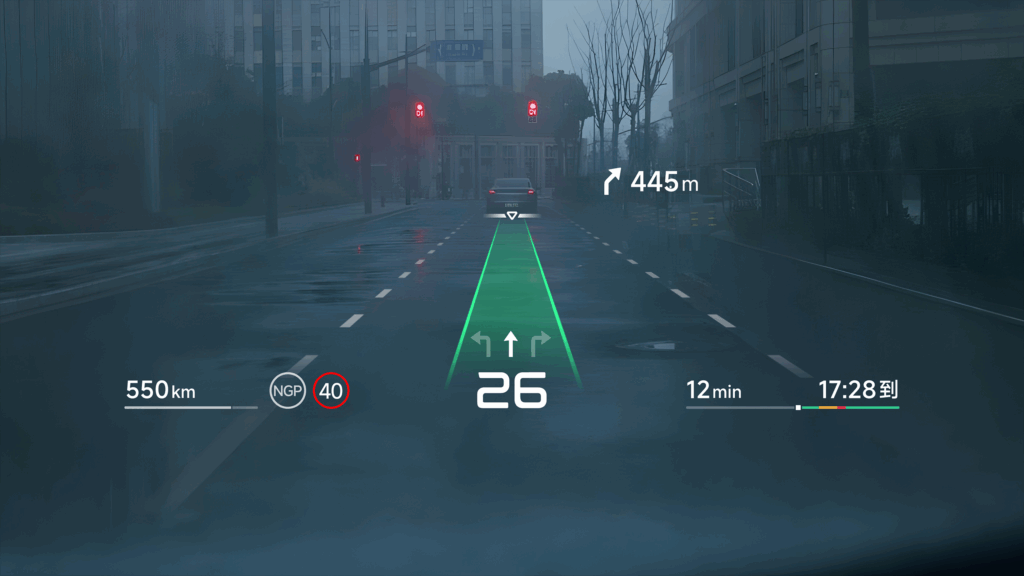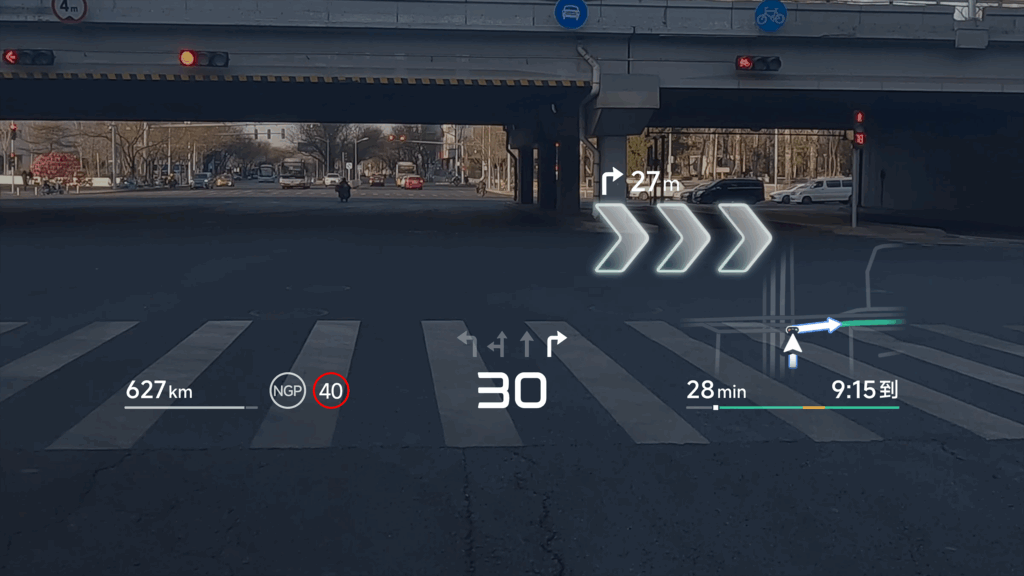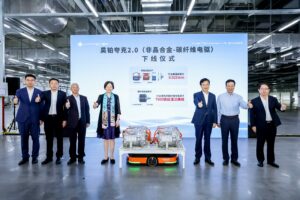Chinese automaker and tech giant collaborate to create world’s most advanced heads-up display system, set to debut in upcoming XPeng G7.

XPeng has joined forces with Huawei’s Intelligent Automotive Solution division to develop what they claim to be the world’s most advanced augmented reality head-up display (AR-HUD), named ‘Light Chaser Panorama.’
The revolutionary system represents the first true integration of AI-powered driving assistance with HUD technology and will make its production debut in XPeng’s forthcoming G7 model.
Chen Yonghai, XPeng’s vice president of product operations, emphasised that the technology’s core value lies in its ability to guide drivers intuitively while addressing common industry pain points that have plagued previous HUD implementations.
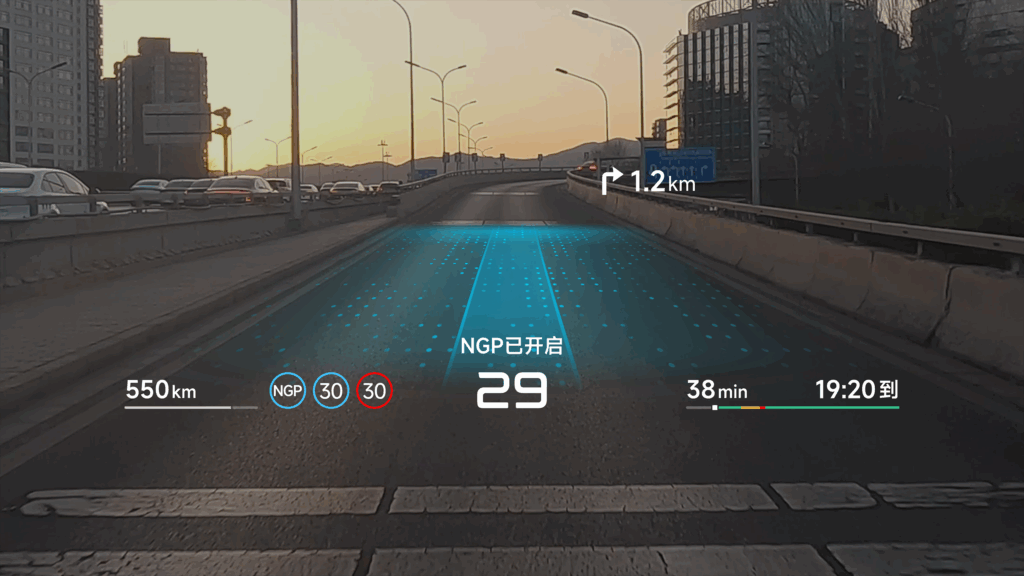

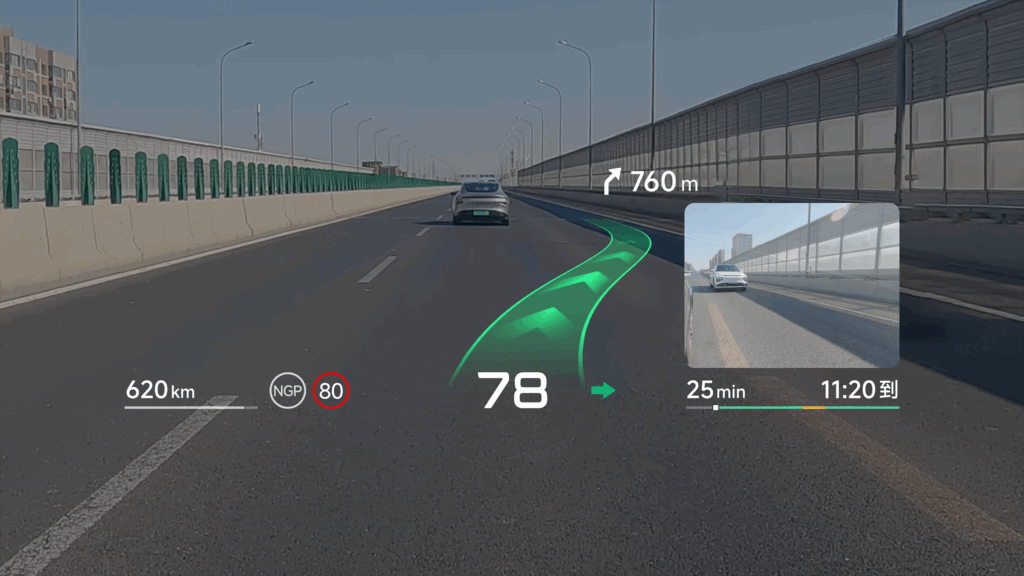
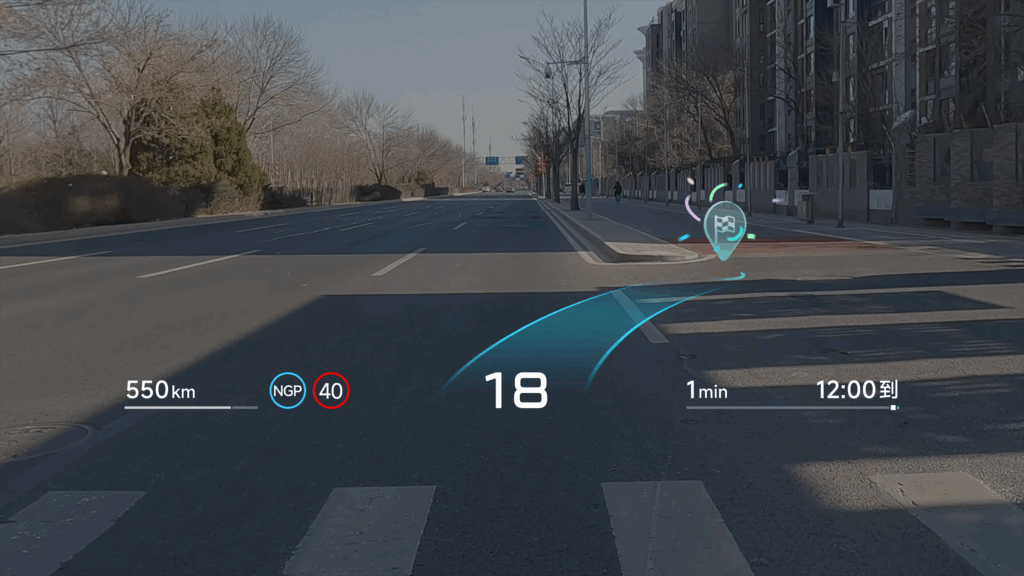
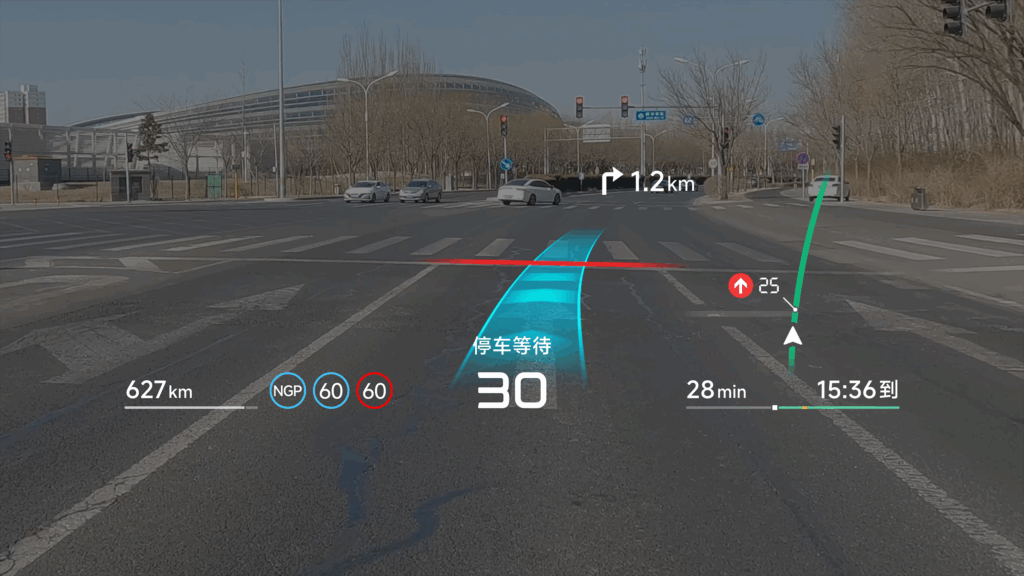
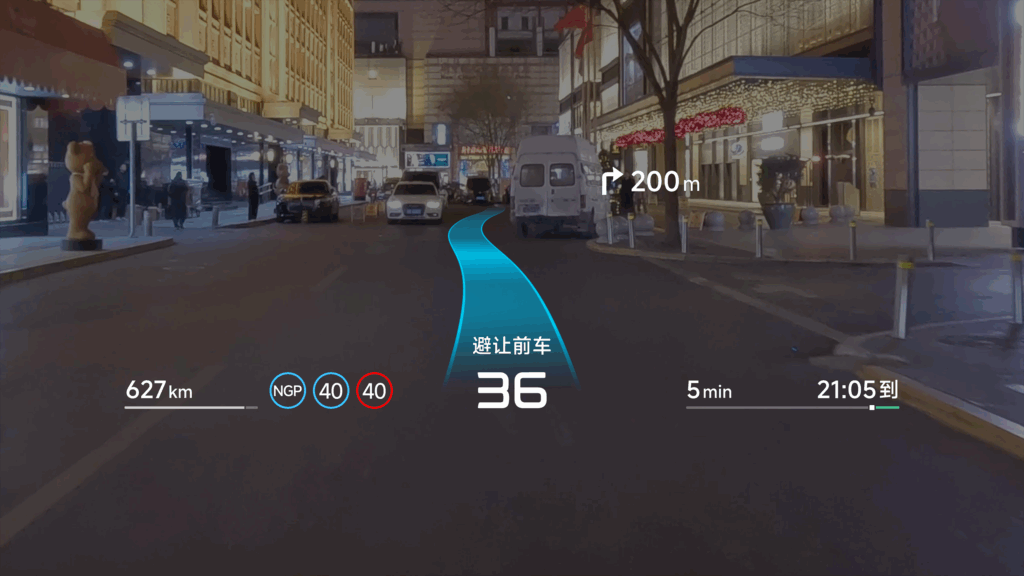
The collaboration combines Huawei’s optical engineering expertise with XPeng’s cutting-edge AI algorithms to create a system that transforms the windshield into what the companies describe as the “primary intelligent display” for drivers.
Traditional HUD systems have struggled with issues like image distortion, driver discomfort, and poor environmental integration, often resulting in displays that appear to “float” unnaturally or cause motion sickness.
The XPeng-Huawei solution tackles these challenges through several technological breakthroughs: an industry-leading 87-inch virtual display with 12,000 nits brightness and 1,800:1 contrast ratio ensures crystal-clear visibility in all conditions; proprietary distortion correction algorithms reduce image warping to under 1%; and a 10-metre virtual image distance combined with 100ms latency creates a comfortable viewing experience that eliminates eye strain.
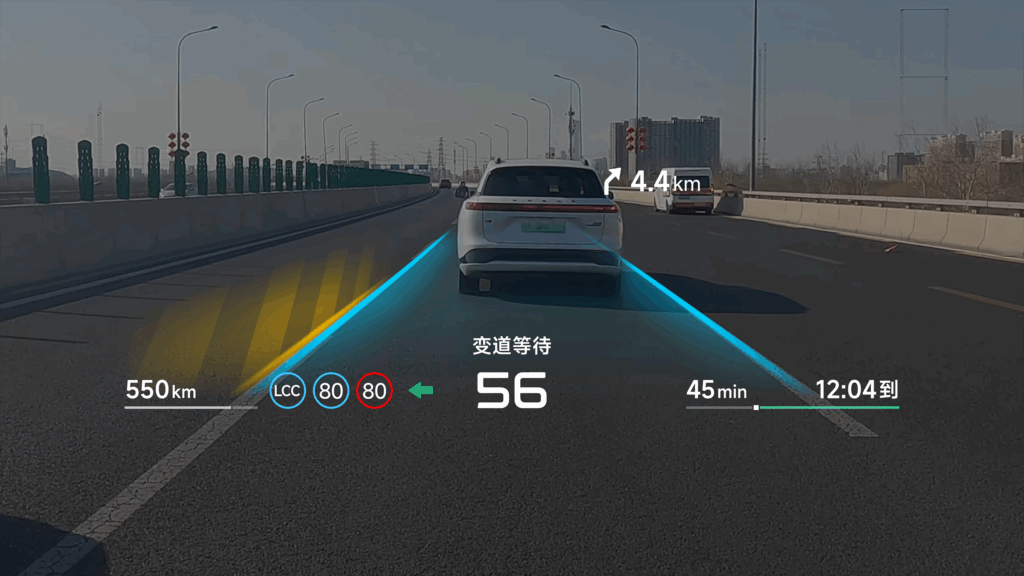
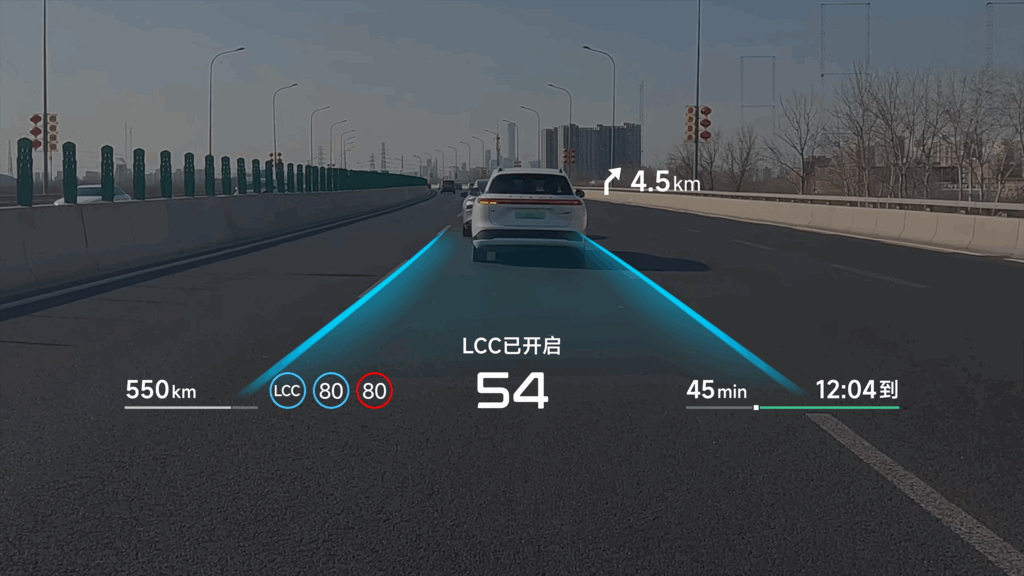
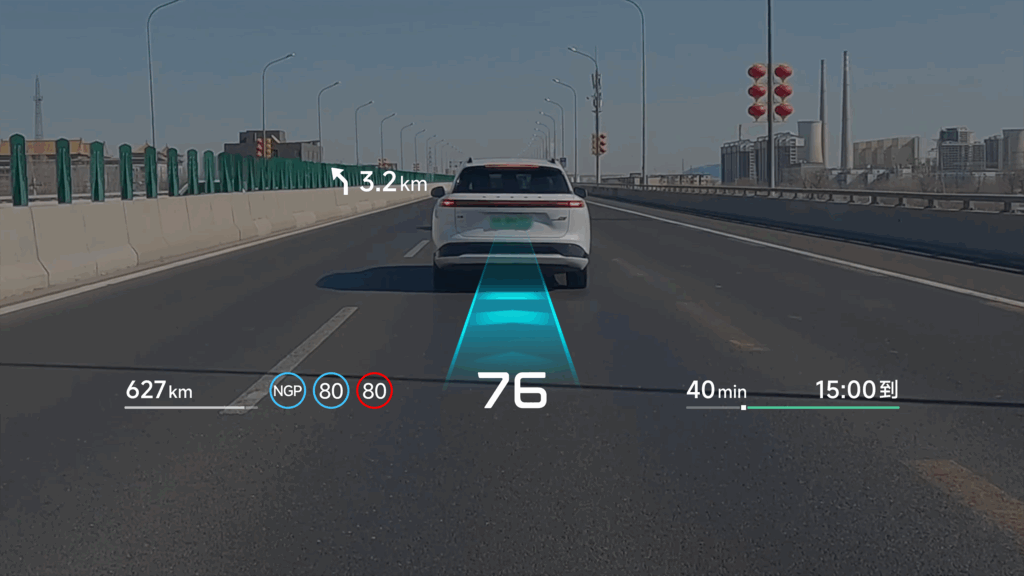
What sets the Light Chaser Panorama apart are three transformative application scenarios that address critical driving challenges.
The system introduces the automotive industry’s first AR lane-level navigation, projecting route guidance directly onto the road surface with such precision that it marks incorrect turns with visible “X” symbols.
For assisted driving functions, it provides unprecedented transparency by visually communicating the AI’s decision-making process – displaying intended lane changes, traffic light responses, and parking trajectories through AR overlays.
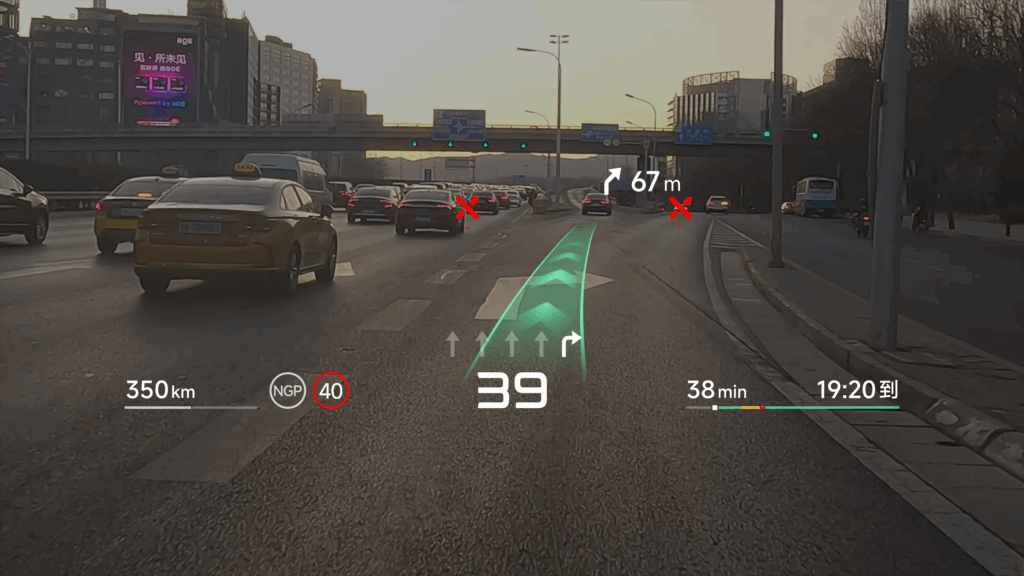
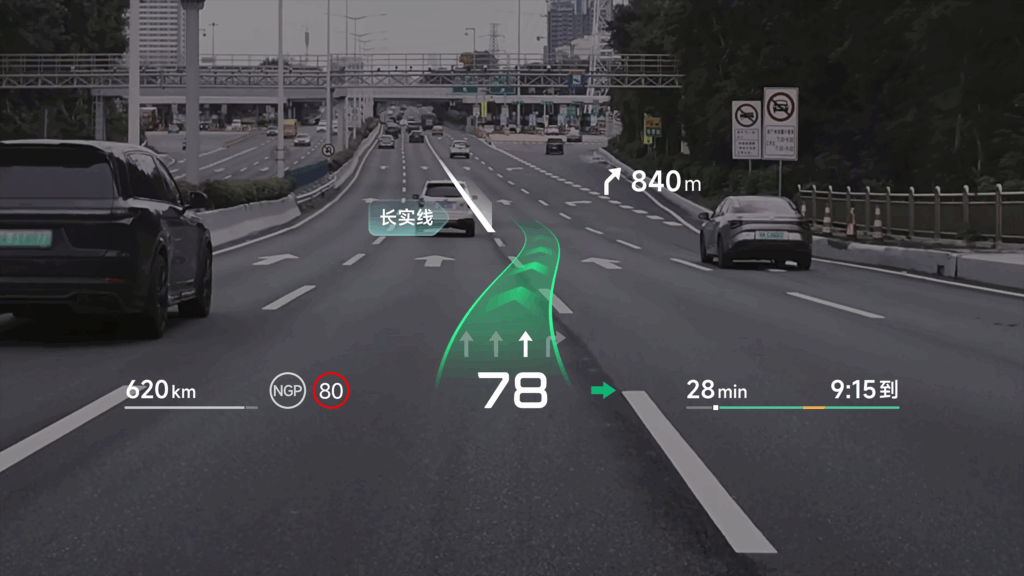
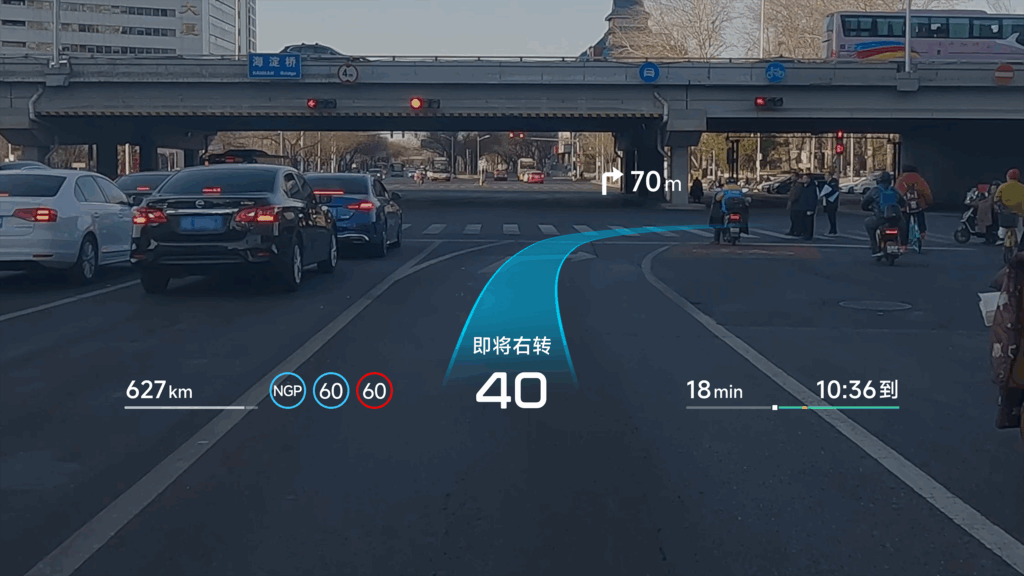
The safety system goes further than any existing HUD by identifying potential hazards like sudden pedestrian appearances, blind spot risks, and challenging weather conditions, effectively creating a comprehensive safety net around the vehicle.
This collaboration is a surprising one, bringing together one of China’s leading hardware and software manufacturers with one of China’s “digital native” brands, one focused on AI and intelligent driving, but one that had previously never used HUD units in its vehicles.
It goes to show that even top-tier tech companies can still find common ground, and in doing so they appear to have created a new benchmark enchmark for intelligent vehicle interfaces.
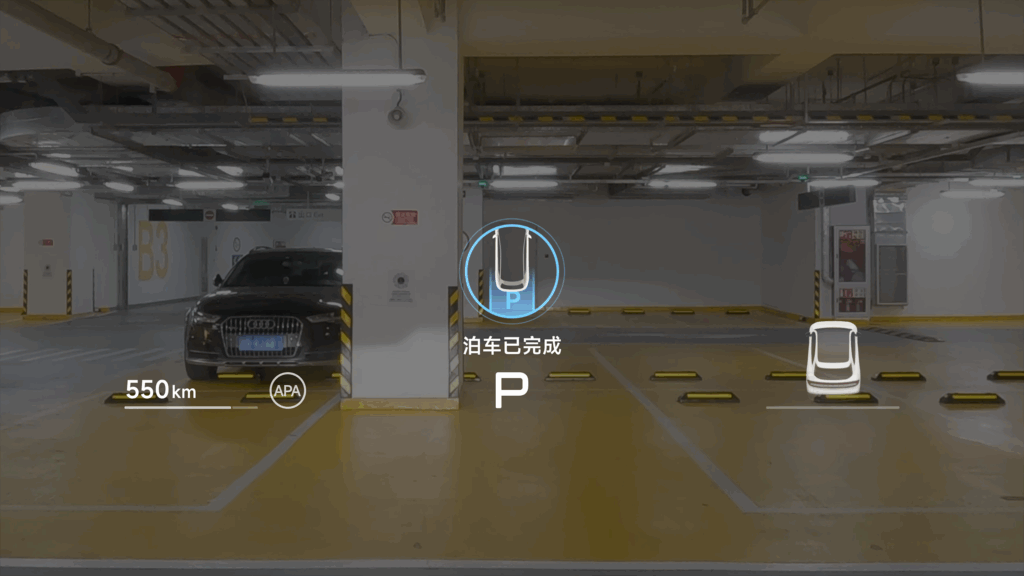
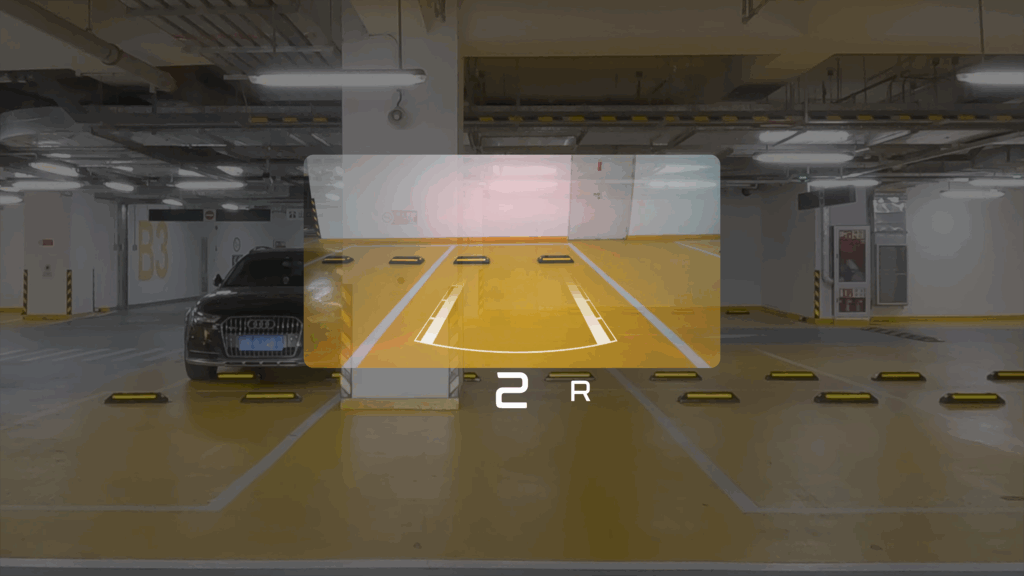
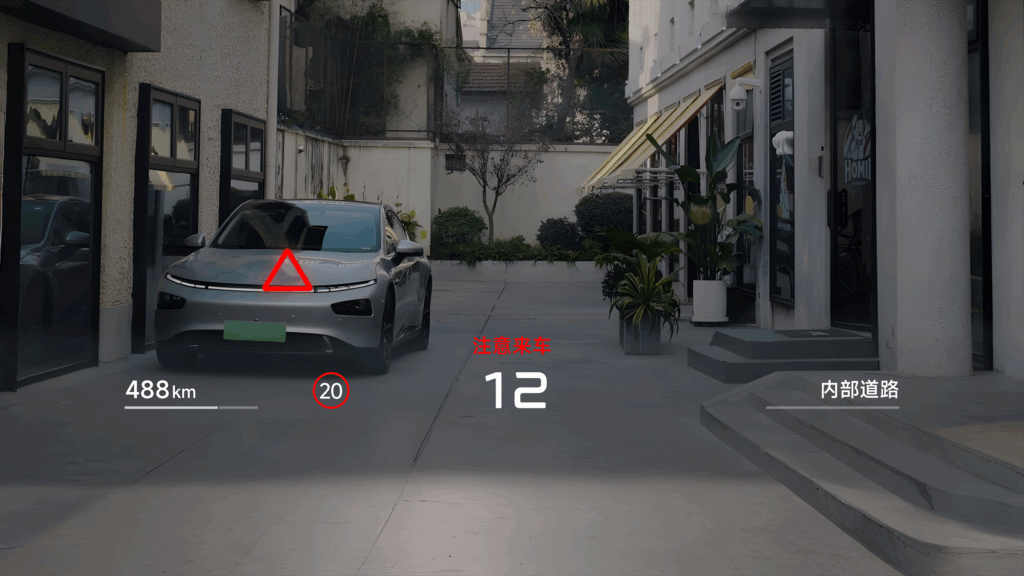
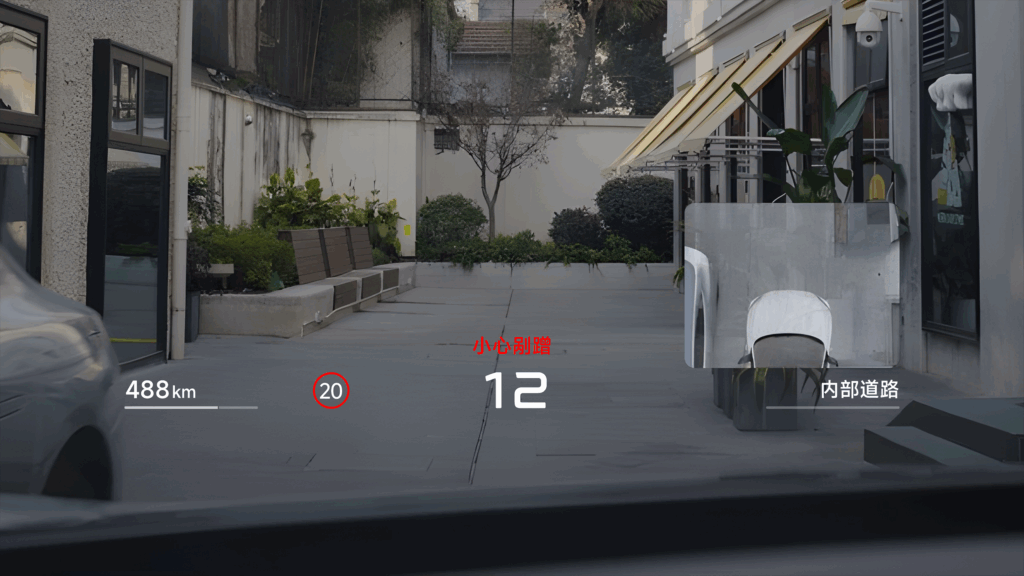
As the technology prepares for its debut in the XPeng G7, it represents both a competitive advantage for the Chinese automaker and a potential turning point in how drivers interact with vehicle intelligence systems worldwide.
As vehicles become increasingly software-defined, such cross-industry collaborations may become the blueprint for developing the next generation of intelligent mobility solutions that prioritise both technological sophistication and human factors engineering.
With the Light Chaser Panorama system, XPeng and Huawei haven’t merely improved upon existing HUD technology – they’ve reimagined its fundamental purpose in the age of smart driving.
